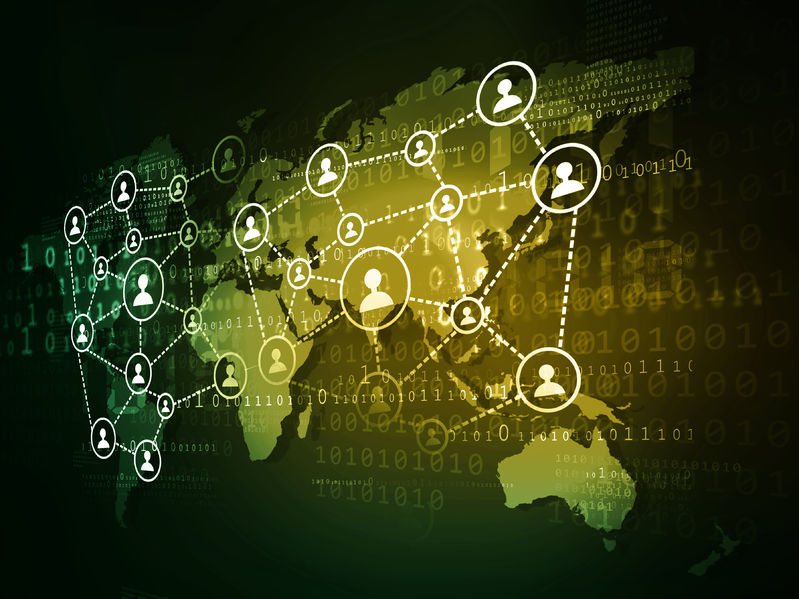What’s the best time of year to ask for charitable donations? Why does it seem like getting people to part with their cash is harder during election years? Which causes are the most appealing to Americans these days, and what parts of the country have the most generous donors?
These are just a few of the questions answered by Donation Insights, a new report from the Mastercard Center for Inclusive Growth. It uses the credit card company’s anonymized and aggregated transaction data to help nonprofits understand giving patterns and trends with the goal of helping them increase the number of charitable donations they receive.
Melinda Rolfs, senior director of data and analytics for the Mastercard Center, said she decided to compile the report because she saw a gap in how big data was being used to benefit the charitable sector. While there’s plenty of information on consumer spending habits available to retailers and financial institutions, few companies regularly compile similar information for the nonprofit sector.
Giving nonprofits access to updated, accurate information on consumer giving patterns can help them immediately change their fundraising campaigns for the better. It can also help researchers look into important questions about why people’s interests and giving patterns are shifting and how those changes might affect future policy decisions.
Trends, insights into charitable donations
Here are some of the top lessons gleaned from the inaugural Donation Insights report:
- Donations to environmental and animal-related causes are increasing, while donations to health-related causes are decreasing.
- Recurring donations (such as monthly donations or “Dollar a Day” campaigns) increased 5.4 percent between 2009 and 2015.
- Donation volume is at its highest in December and its lowest in February.
- People living in the west, mid-Atlantic, south Atlantic and east north central (Michigan, Ohio, Illinois, etc.) provide the highest percentage of charitable donations. People living in the east south central (Mississippi, Alabama, Kentucky and Tennessee) and west north central (including North Dakota, Kansas and Iowa) provide the lowest percentage of charitable donations.
Rolfs said the Donation Insights finding that surprised her the most was how much charitable giving declines during election years. “There’s a headwind that exists for charitable organizations as people increase their donation dollars to political organizations in U.S. election years,” she reported. “We’ve seen that trend remain pretty consistent throughout the past 12 years.” It isn’t just presidential election years that affect giving, she notes; donations also go down during years with midterm elections.
Charities and researchers who want to study the report can download a free copy from the Mastercard Center’s website. They plan to release updated versions of the report twice a year so charities have regular access to information about donors’ habits and interests.
“Reimagining Corporate Philanthropy”
Donation Insights is one of a series of projects undertaken by the Mastercard Center, an independent subsidiary of Mastercard. The Center seeks to engage businesses, academic institutions, NGOs and government entities in supporting inclusive growth, which Rolfs defines as “the process that ensures the benefits of an expanding economy extend to all segments of society.”
“We’re working on four key areas where we have strategic pillars: advancing actionable insights, engaging global influencers, connecting microentrepreneurs and unlocking big data,” she said. “Through our work, what we’re doing is reimagining corporate philanthropy. Instead of simply directing philanthropic dollars, we’re leveraging the company’s core assets such as data, technology expertise and philanthropic investments to move the needle on inclusive growth.”
She sees Donation Insights as a first step in bringing the benefits of big data to the NGO sector. “[The report] is a great example of what we call data philanthropy, which we define as the use of data to help organization and government solve challenging problems,” Rolfs said. “We’re helping organization that are reliant on individual donations become more efficient and effective in their fundraising efforts.
“We think that this is just the beginning of our journey to help charitable organizations,” she continued. “We believe there are other ways Mastercard can provide data and insights that will be useful. We don’t have all the answers, but we’re hoping this is opening up a new conversation that will glean some additional insights that we can share with our community.
Anyone interested in becoming part of that community conversation can provide feedback on Donation Insights by contacting the Mastercard Center. “What we’ll do is take the feedback we get from charitable organizations and researchers and see what we can provide beyond what we’re started,” Rolfs said. “We do think we can keep enhancing this and making the insights deeper and richer.”
The Center is also interested in hearing about other big data initiatives that would provide more resources to nonprofits and NGOs working to build a better world for everyone.



